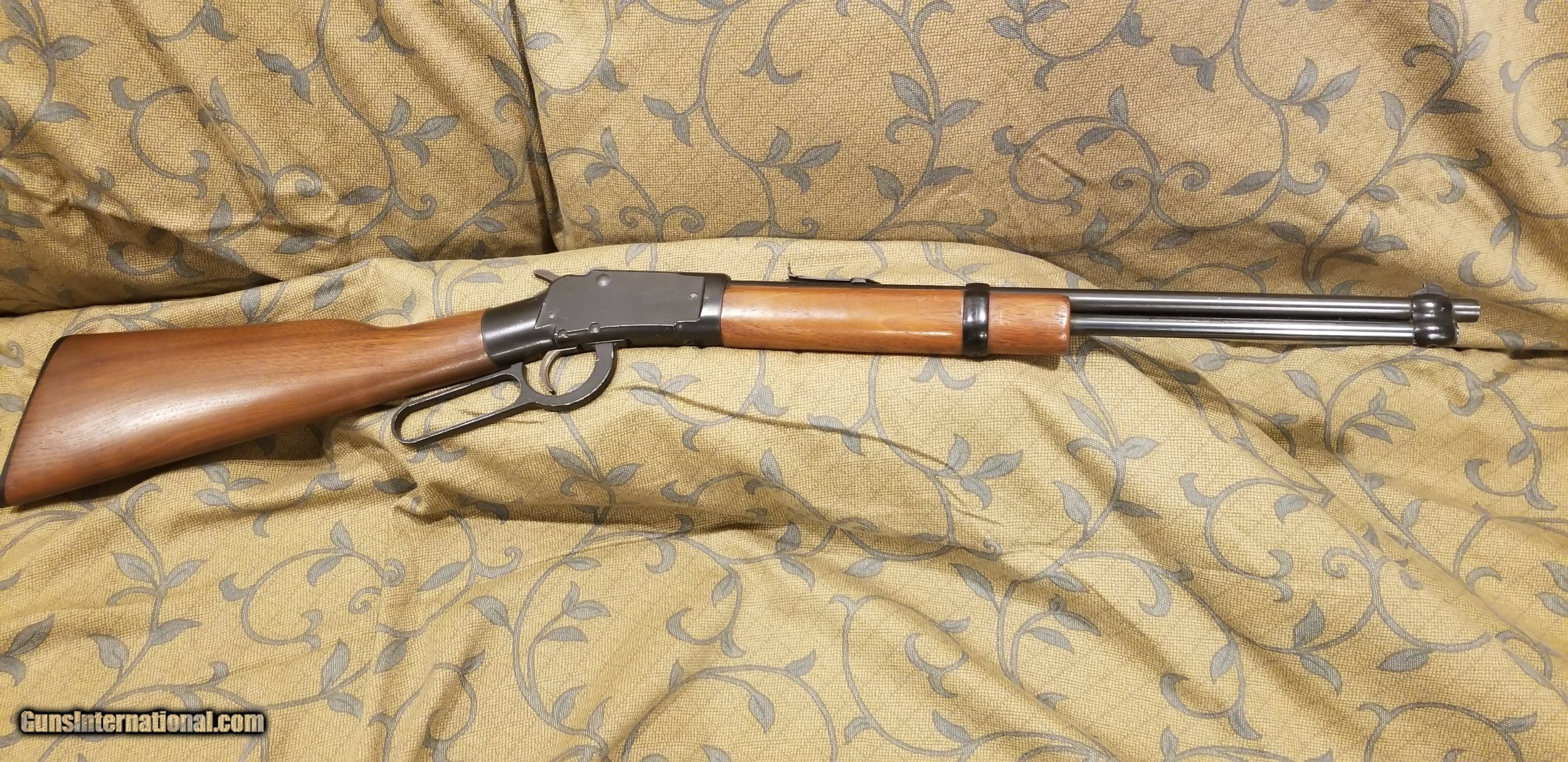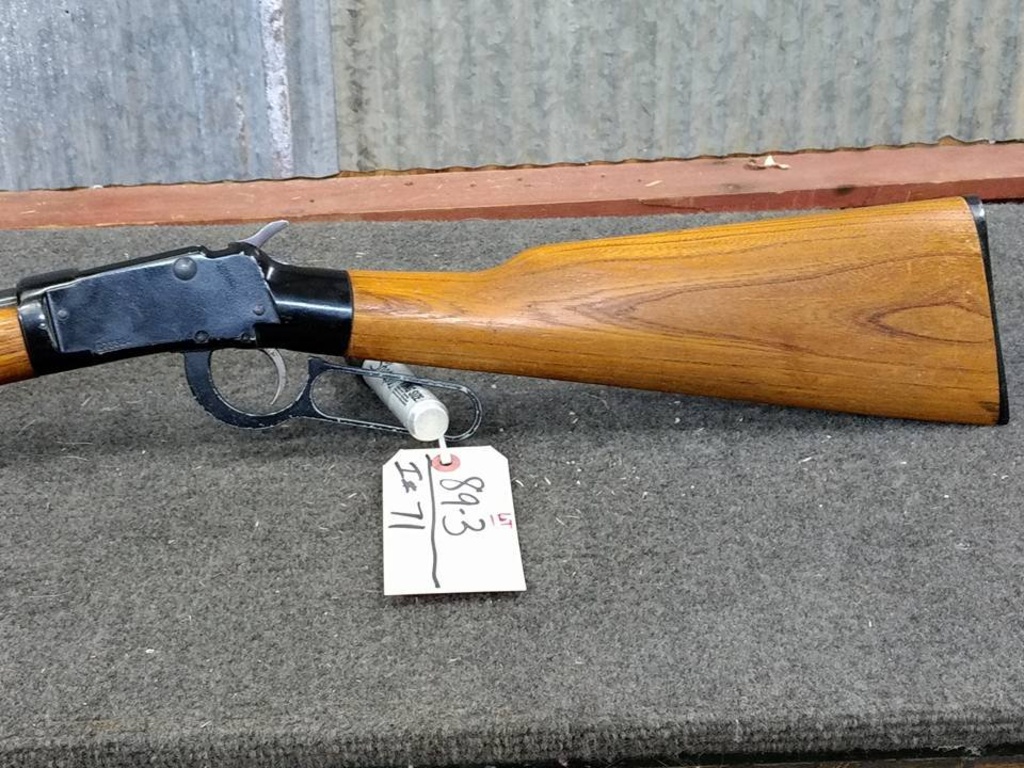
Pulling the trigger fires the gun and releases the slide for reloading. The slide release is pressed and the slide retracted completely then pushed forward. Loading the Ithaca 37 involves inserting shotshells of the proper gauge through the loading/ejection port in the bottom of the receiver and pushing them forward into the magazine until retained by the shell stop.

The Model 37 Featherlight has commonly been seen in the hands of farmers and hunters in the midwestern United States. The Ithaca 37 remains a popular choice among civilians for both sport and personal protection. Other users include the Los Angeles County Sheriff's Department and various military, police, and security agencies and prisons around the world. The Model 37 was issued by the LAPD beginning in the 1940s and remained in service until the late 1990s. The New York City Police Department used 2 versions of the Model 37: one with a 13" barrel with forend hand-strap for its Emergency Service Unit and one with an 18" barrel for its Highway Patrol and solo patrol officers of designated low-crime precincts through a short-lived program spanning from the late 1970s to early 1980s. The largest single users outside the US Military were the New York City Police Department and the Los Angeles Police Department. The Model 37 was used by the United States Armed Forces in World War II, the Korean War, and especially the Vietnam War, where it gained a great reputation for reliability in the jungles of Vietnam when generally used by special forces/ special operations forces like the Navy SEALs and Army Green Berets. ( July 2009) ( Learn how and when to remove this template message) Unsourced material may be challenged and removed. Please help improve this article by adding citations to reliable sources. This section needs additional citations for verification. The Ithaca 37 is the only pre–World War II shotgun still in production. Production has resumed in Upper Sandusky, Ohio.Īccording to an article by the Ithaca Times dated June 11, 2003, the one-millionth Model 37 was produced in 1968 and as of 2003, more than 2,000,000 Model 37s have been produced. Production paused in 2005 when Ithaca once again changed hands. At one time, the Ithaca 37 was renamed the Model 87, although it was soon changed back in one of many ownership changes. Ithaca has suffered many setbacks in its history and changed hands numerous times.

Made in many different models, the Ithaca 37 has the longest production run for a pump-action shotgun in history, surpassing that of the Winchester Model 12, the original inspiration for Ithaca's entry into the market. While Ithaca did produce some shotguns for military use during the war, they also produced M1911 pistols and M3 submachine guns.Īfter World War II, Ithaca resumed production of the Model 37. Many sporting arms ceased production entirely during the same period. With the depression dragging on and another war looming on the horizon, it was possibly the worst time to introduce a sporting arm. In 1937, it was released as the Ithaca 37.

After gearing for production of their new shotgun as the Ithaca Model 33 in 1933, Ithaca discovered a Pedersen patent that would not expire until 1937, and production had to be delayed. They used the Remington Model 17 as their model and made modifications-such as simplifying and cost-saving alterations of the firing pin and ejection mechanism, the work of Ithaca designer Harry Howland in 1931 -while waiting for related patents to expire. Following the First World War, the Ithaca Gun Company sought to produce a pump-action shotgun to compete with the ubiquitous Winchester Model 1912.


 0 kommentar(er)
0 kommentar(er)
